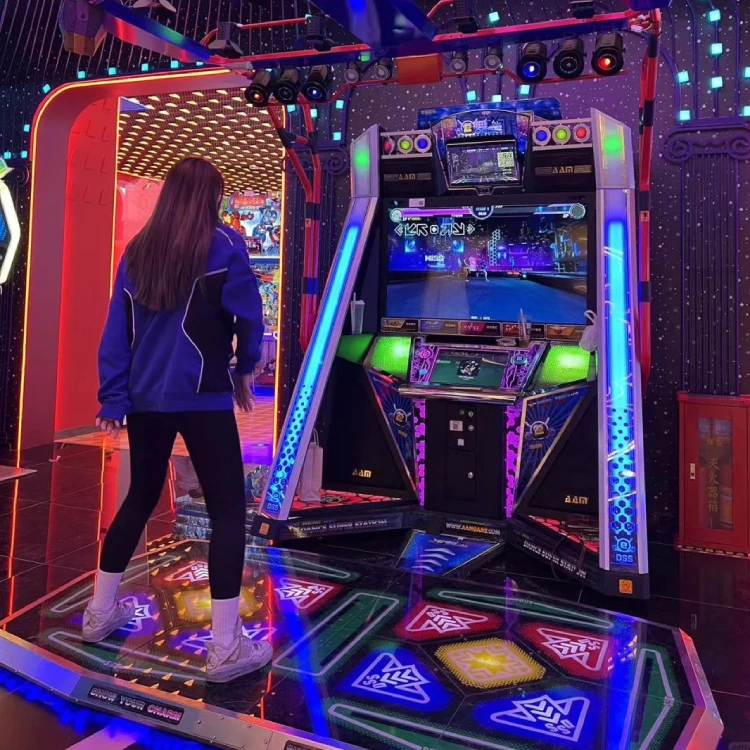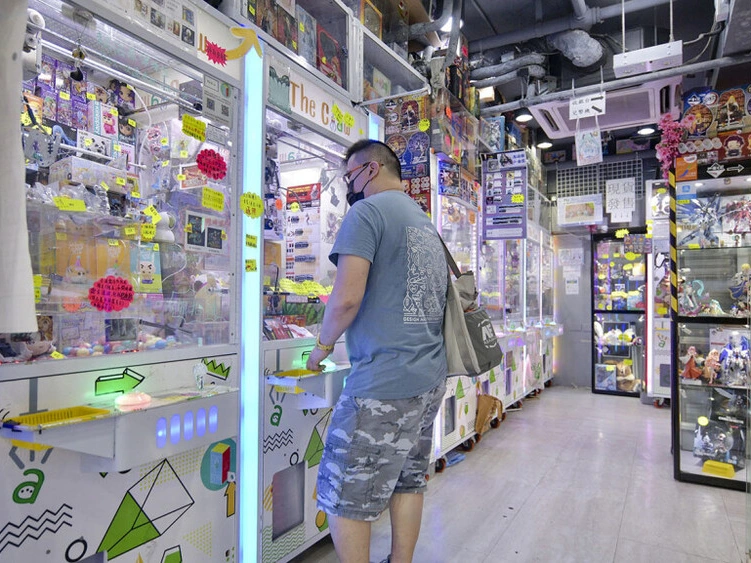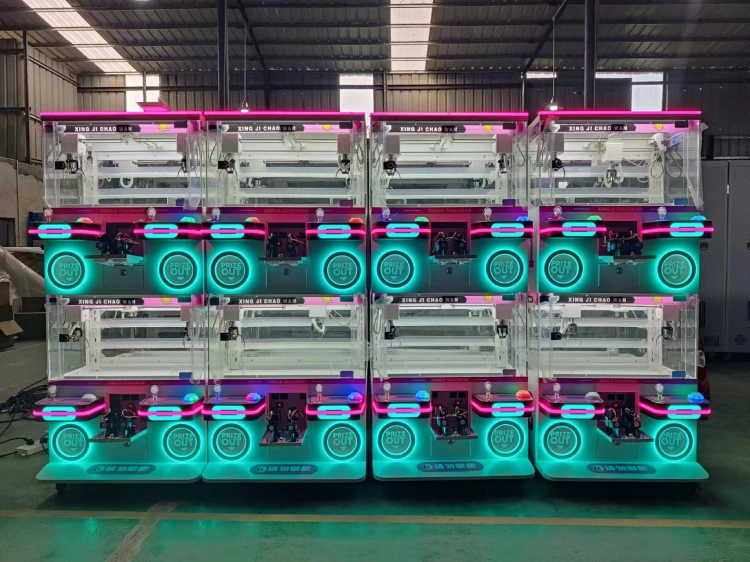Índice
ToggleUnderstanding the Arcade Equipment Industry
The arcade equipment industry has evolved significantly, and it presents a lucrative opportunity for distributors seeking to enter the market. Whether you’re targeting small arcade game city, parques de atracciones, or family fun venues, understanding the intricacies of the business is essential for success.
Market Overview
Arcade equipment distribution is a billion-dollar global market. With the rise of family entertainment centers, interactive gaming venues, and the demand for nostalgic experiences, distributors have numerous opportunities. Growth is driven by both traditional arcade equipment and modern simulators.

Key Trends Shaping the Industry
Key trends include the rise of virtual reality (VR) arcade machines, touchless payment systems, and immersive multiplayer gaming experiences. Additionally, retro-style machines continue to draw in new customers seeking a nostalgic gaming experience.
Types of Arcade Equipment
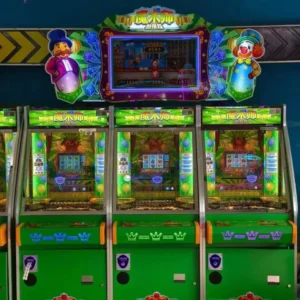
Redemption Machines
Popular in arcade game centers, redemption machines reward players with tickets or prizes, encouraging repeat gameplay. These machines offer an attractive return on investment (ROI) due to their high player engagement.
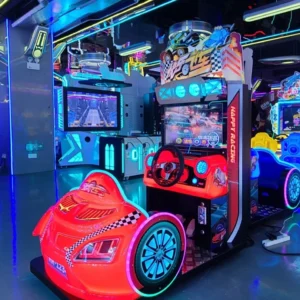
Video Games and Simulators
From driving games to virtual reality simulators, video-based arcade machines offer immersive gaming experiences that appeal to a wide audience, including casual and competitive players.
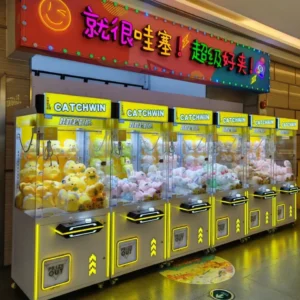
Prize Machines and Claw Machines
Claw machines and other prize-based games are staples in arcades and attract players of all ages, making them ideal for distributors looking for high-traffic equipment.
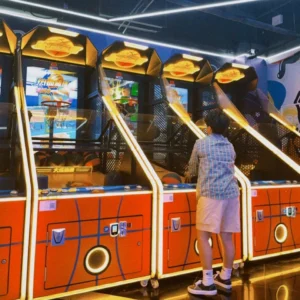
Sports and Interactive Games
Boxing machines, basketball arcade gamesy arcade dancing machines are interactive options that appeal to players seeking physical activity. These machines also offer competitive gameplay, increasing replay value.
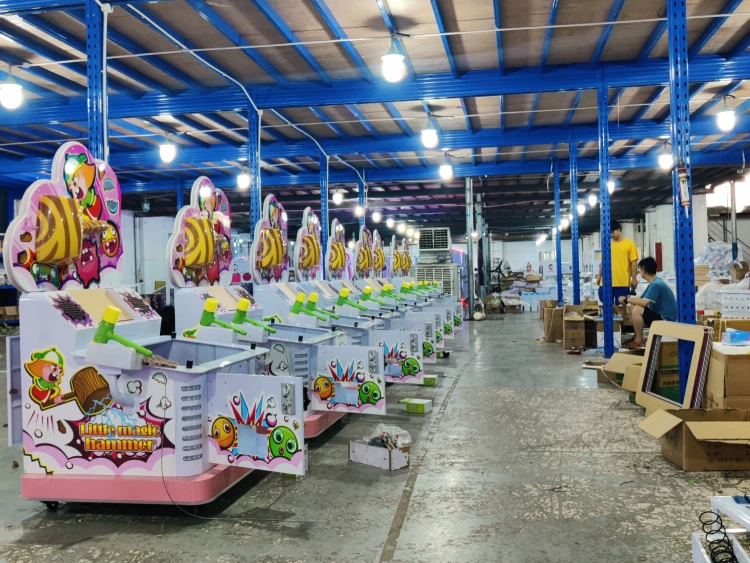
Sourcing and Purchasing Arcade Equipment
Finding Reliable Suppliers
Finding trustworthy manufacturers is crucial for long-term success. Look for suppliers with a strong track record, preferably those offering customizable options and comprehensive after-sales support.
Pricing Strategies and Bulk Purchases
When purchasing in bulk, negotiate with suppliers to get competitive pricing. Explore cost-effective strategies like direct factory purchasing to lower expenses and boost margins.
Quality and Warranty Considerations
Ensure all arcade equipment meets industry standards and offers warranties. Reliable, durable machines lower maintenance costs and increase customer satisfaction, ensuring better ROI.
Navigating Distribution Channels
Local Markets vs. International Markets
Depending on your target market, choose between local distribution or expanding into international markets. International distribution may involve navigating import/export laws, shipping logistics, and currency exchange.
B2B Partnerships
Building relationships with arcades, family entertainment centers, and amusement parks can expand your reach. B2B partnerships are key to maintaining a steady sales pipeline.
Understanding Shipping and Logistics
Distribution involves managing efficient shipping processes. Look for partnerships with logistics companies experienced in handling heavy and bulky arcade machines, ensuring safe and timely deliveries.
Setting Up a Distribution Network
Franchise Opportunities
Joining an existing arcade equipment franchise network provides the advantage of established branding and operational support. However, franchising involves sharing revenue with the parent company.
Independent Distribution
Starting independently allows you to build your brand, customer base, and distribution channels. This option offers more control but requires strong marketing and operational skills.

Online Sales and E-commerce
With the rise of e-commerce, many distributors are turning to online sales platforms to reach a global audience. Offering machines through your website or third-party platforms can expand your customer base.
Marketing and Growing Your Arcade Equipment Distribution Business

Digital Marketing Strategies
Optimize your website for SEO, run social media campaigns, and use pay-per-click (PPC) ads to attract potential buyers. Offering video demos of arcade machines can increase engagement.
Set up social media accounts that are exclusively yours and keep updating your posts, by showing your netizens that you have gotten inquiries for your products eventually getting orders.


Trade Shows and Networking
Attending arcade equipment expos and trade shows is a powerful way to network with potential clients and stay updated on industry trends. These events also offer a platform to showcase your equipment.(e.g. IAAPA, GTI AMUSE)
Building Long-term Client Relationships
Nurture long-term relationships with arcade owners by providing excellent customer service, technical support, and regular upgrades. Offering after-sales services strengthens client loyalty.
Financial Planning and Budgeting
Initial Investments and Start-up Costs
Starting an arcade equipment distribution business requires significant initial investment. Budget for inventory, warehousing, marketing, and logistics. Consider the costs of maintaining a website or physical store.
Profit Margins in the Arcade Equipment Industry
Profit margins vary depending on the type of arcade machines distributed. Redemption machines and simulators often offer higher margins, while classic video games may generate steady but lower profits.
Securing Funding and Managing Cash Flow
Securing funding is essential for scaling operations. Options include bank loans, crowdfunding, or venture capital. Additionally, managing cash flow efficiently is crucial to avoid liquidity issues.
Legal and Regulatory Considerations
Understanding Local Regulations
Each region may have different legal requirements for operating arcade machines. Ensure compliance with licensing, taxation, and gaming regulations to avoid legal complications.
Import/Export Laws for Arcade Equipment
For international distributors, understanding import/export laws is key. Familiarize yourself with tariffs, customs duties, and any restrictions in the countries where you plan to operate.
Compliance with Safety and Industry Standards
Arcade equipment must meet safety standards to ensure player safety and operator liability. Ensure the machines you distribute comply with relevant industry regulations.
Conclusión
Building a successful arcade equipment distribution business requires a deep understanding of market trends, strategic partnerships, and a commitment to customer satisfaction. With careful planning and execution, distributors can thrive in this dynamic and evolving industry.


